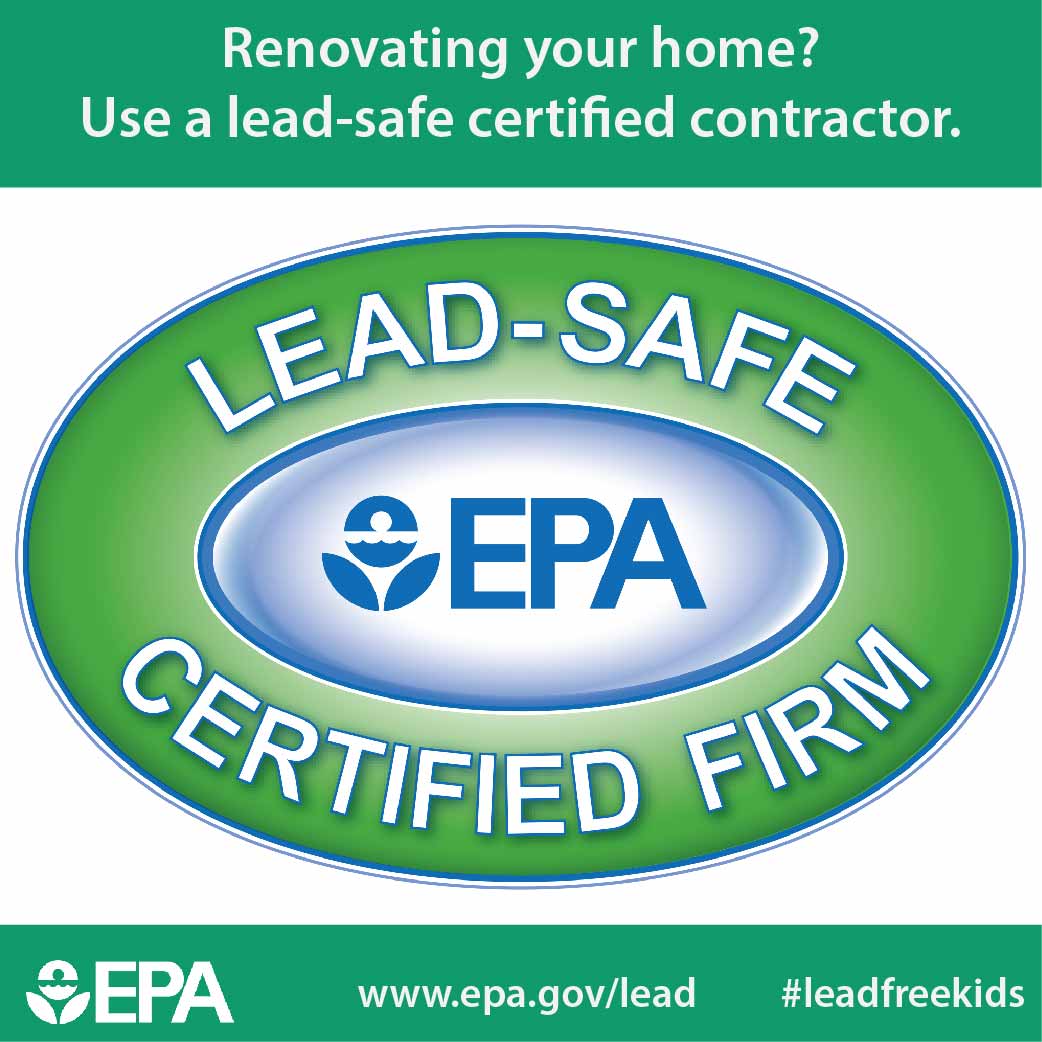Seasonal Factors In Business Exterior Painting: Key Insights You Need To Understand
Seasonal Factors In Business Exterior Painting: Key Insights You Need To Understand
Blog Article
Post By-Fox Decker
When you're planning a business external painting task, seasonal factors can make or damage your results. You'll wish to think about how temperature and humidity impact paint application and drying out times. Picking the best period can ensure your paint adheres effectively and lasts longer. Yet which periods are genuinely the best for this sort of work? Allow's explore the key elements that can influence your project's success.
The Impact of Temperature Level on Paint Application
When you're preparing a commercial exterior paint task, the temperature can substantially affect how well the paint sticks and dries.
Preferably, you wish to repaint when temperature levels vary between 50 ° F and 85 ° F. If it's too cool, the paint may not treat properly, resulting in problems like peeling or fracturing.
On the flip side, if it's as well hot, the paint can dry out too quickly, stopping correct adhesion and leading to an uneven coating.
You need to additionally think about the time of day; morning or late afternoon supplies cooler temperatures, which can be much more favorable.
Constantly examine the maker's suggestions for the certain paint you're using, as they often supply advice on the optimal temperature range for ideal outcomes.
Moisture and Its Result on Drying Times
Temperature isn't the only environmental variable that influences your industrial external painting project; humidity plays a considerable function too. High moisture levels can slow down drying times drastically, impacting the total quality of your paint job.
When the air is filled with wetness, the paint takes longer to cure, which can result in concerns like bad attachment and a higher danger of mold growth. If you're repainting on an especially damp day, be prepared for extensive delay times between coats.
It's essential to check neighborhood weather conditions and plan accordingly. Ideally, aim for humidity degrees between 40% and 70% for ideal drying out.
Maintaining these factors in mind guarantees your project stays on track and supplies a lasting surface.
Best Seasons for Commercial Outside Painting Projects
What's the most effective season for your industrial outside painting projects?
Spring and very early loss are usually your best choices. Throughout these periods, temperatures are moderate, and moisture levels are commonly reduced, creating perfect problems for paint application and drying.
Stay clear of summer's intense heat, which can create paint to dry too promptly, leading to bad bond and coating. In interior painters , winter months's cold temperature levels can impede proper drying and treating, running the risk of the durability of your paint job.
exterior residential painting for days with temperatures in between 50 ° F and 85 ° F for optimum results. Keep in mouse click the up coming article to check the local weather forecast for rain, as wet conditions can wreck your job.
Planning around these aspects guarantees your painting project runs smoothly and lasts longer.
Final thought
Finally, planning your business external painting tasks around seasonal factors to consider can make a significant distinction in the outcome. By scheduling work throughout the optimal temperature levels and humidity levels, you'll ensure much better attachment and drying out times. Remember to keep an eye on regional weather report and select the correct time of year-- spring and very early fall are your best bets. Taking these steps will aid you accomplish a durable and specialist finish that lasts.
